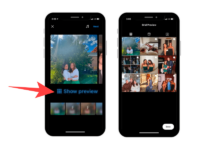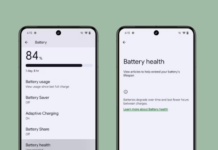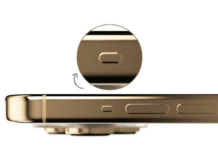We all know very well that while it is a relatively common practice in the industry, for anyone looking from the outside, it is strange or curious to find that a brand uses components of rivals in its products. However, now according to the latest reports, the tech giant Apple is now developing its own screens for the first time, as it decided not to use Samsung screens simply to reduce the making cost.
Apple Is Secretly Developing Its Own Screens For The First Time
While it is a relatively common practice in the industry, for anyone looking from the outside, it is strange or curious to find that a brand uses components of rivals in its products. It is the case of the tech giant Apple, which puts on the iPhone X OLED screens of the South Korean giant Samsung, for example. But, according to Bloomberg, the company is developing microLED displays to reduce dependence on third parties.
It is a recent technology, but not necessarily unpublished. At CES 2019, the South Korean giant Samsung introduced The Wall, the only 146-inch microLED-based TV, basically, a panel made up of millions of microscopic LEDs that, despite that, can emit their own light. These type of screens may have more brightness than OLED and better contrast ratio than LCD, for example, not to mention that power consumption tends to be optimized compared to these technologies.
If there are so many advantages, it took the tech giant Apple and other manufacturers to adopt the microLED instead, right? More or less. One of the major problems of technology today concerns scale: it is difficult to manufacture microLED panels massively without any uncontrolled costs, to cite one of the difficulties.
But apparently, the tech giant Apple is determined to circumvent the limitations. The Bloomberg says that the company is developing and testing MicroLED panels in a factory (not so) secret in the Santa Clara, California. The company almost gave up on the technology, but recent advances in research would have breathed new life into the project.
These advances would not be enough for microLED screens to equip the next generation of the iPhone – reaching this stage can take three to five years. By contrast, the researchers would have succeeded by late 2017 to develop suitable screens for Apple Watch, suggesting that perhaps this line is the first to receive the technology.
Prediction? Confirmation? Until now, nothing. As the tech giant Apple does not comment on the subject. But it is estimated that about 300 engineers working on the project, all under the leadership of Lynn Youngs, a really important name for the company: he was one of the responsibile for the development of the touch screen of the first iPhone and iPad, among other projects.
So, what do you think about this? Simply share all your views and thoughts in the comment section below.


